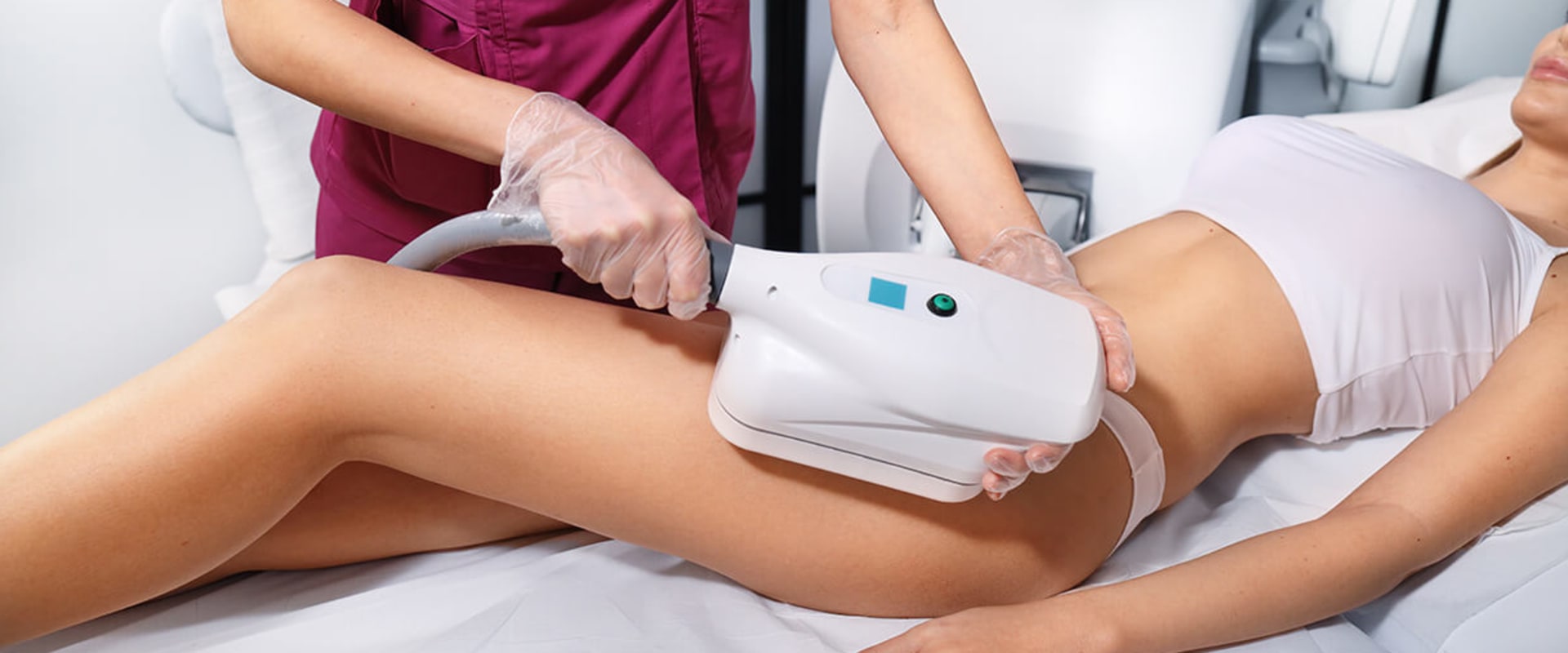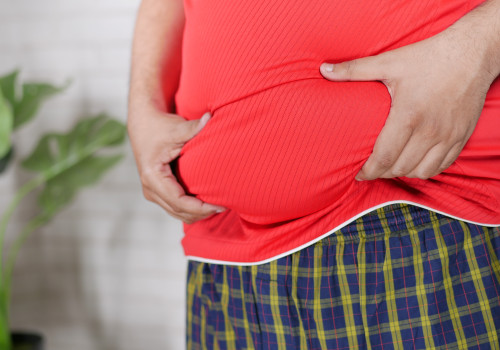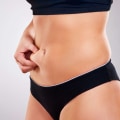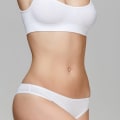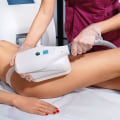Procedures that include non-surgical fat reduction are becoming increasingly popular as people look for ways to reduce fat without surgery. Cryolipolysis, also known as CoolSculpting, is the world's most popular non-invasive fat reduction treatment. It uses controlled cooling to freeze and remove persistent fat cells from certain areas of the body. Laser lipolysis, injection lipolysis, and radiofrequency lipolysis are other non-surgical fat reduction treatments that use heat or chemicals to break down fat cells.
Each of these treatments has its own benefits and risks, so it's important to understand them before deciding which one is right for you. Cryolipolysis, or CoolSculpting, is a revolutionary treatment that uses controlled cooling to freeze and remove persistent fat cells from certain areas of the body. It's a fast, safe and effective way to permanently reduce unwanted fat without the need for surgery or downtime. It's FDA-approved and clinically proven to reduce fat in the abdomen, flanks, and thighs.
Patients can expect to see a 20% reduction in the size of the area where the fat cells were frozen. CoolSculpting patients who are less than 30 pounds from their ideal weight are perfect candidates, especially if they have persistent pockets of fat that don't go away despite diet and exercise. Laser lipolysis is often sold as SculpSure, SmartLipo, or CoolLipo. This laser fat removal procedure uses a portable device to apply heat to fat cells using laser technology. The heat causes fat cells to explode, ultimately destroying them.
The results begin to be evident around 6 weeks after the procedure, while the full effect is noticeable after 3 months. Injection lipolysis is sold as Kybella and Lipo Lab, as well as many other brands. During this non-invasive liposuction procedure, patients are injected with a chemical called deoxycholic acid that kills fat cells. Results can be seen about 6 to 8 weeks after the procedure. During each half-hour session, patients may experience some swelling and a burning sensation, which can make the treated area appear larger than before treatment, but the swelling is only temporary. Radiofrequency lipolysis is often referred to as Exilis, TruSculpt, Vanquish, or Velashape.
Using radiofrequency energy, heat is produced just below the skin to attack fat cells, reducing the appearance of cellulite and wrinkles. Vanquish results may vary from patient to patient, but those who underwent abdominal fat removal treatments with radiofrequency lipolysis saw a reduction of up to two inches from their waist. The perfect candidate for radiofrequency lipolysis is one who is approaching or approaching their ideal weight, but who has been struggling to get rid of some persistent fat spots. Ultrashape is a safe, non-surgical alternative to liposuction that has been shown to reduce fat in the abdomen, arms and thighs. Ultrasonic fat reduction uses highly focused sound waves to break down the walls of the fat cells in the treatment area, thus releasing fat from the inside to be metabolized by the body and reducing the size of the fat deposit. EMSculptneo is an injectable medication that causes the body to burn fat more efficiently, resulting in weight loss.
Yes, any of the treatments mentioned above can eliminate persistent fat pockets that resist exercise and diet. Sculpsure is similar to CoolSculpting; however, instead of using controlled cooling, Sculpsure heats fat cells to the point of destroying them using light-based technology. CoolSculpting Elite uses non-invasive cooling technology to reduce fat cells, which triggers cell death and elimination. Some treatments damage fat cells by exposing them to controlled cooling; others expose fat cells to heat. The procedure does not require any type of anesthesia and there is no risk of scarring or other complications. A specific laser wavelength is sent through the skin, heating the fatty tissues to the point where the fat cells begin to break down.
Muscle cells, skin, and nerve tissue remain unharmed as they freeze at lower temperatures than fat cells. Every patient is unique so it's important to consult with your doctor before deciding which non-surgical fat reduction treatment is best for you. With careful consideration of all available options you can make an informed decision about which treatment will give you optimal results.
